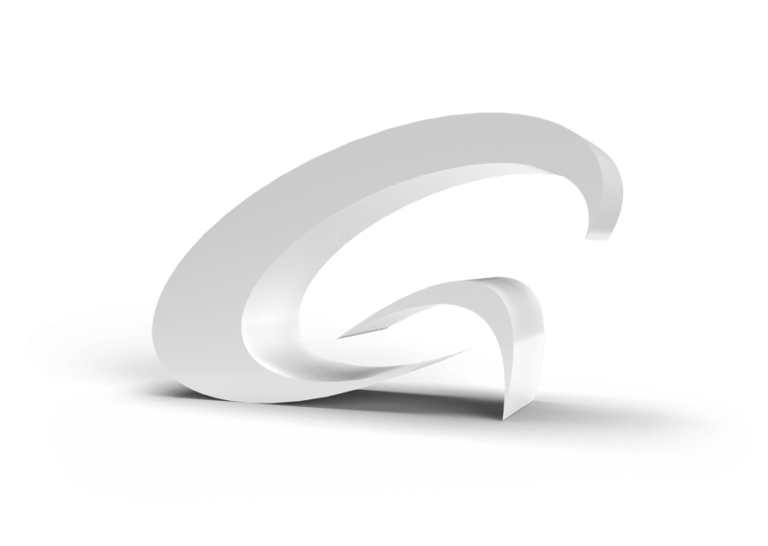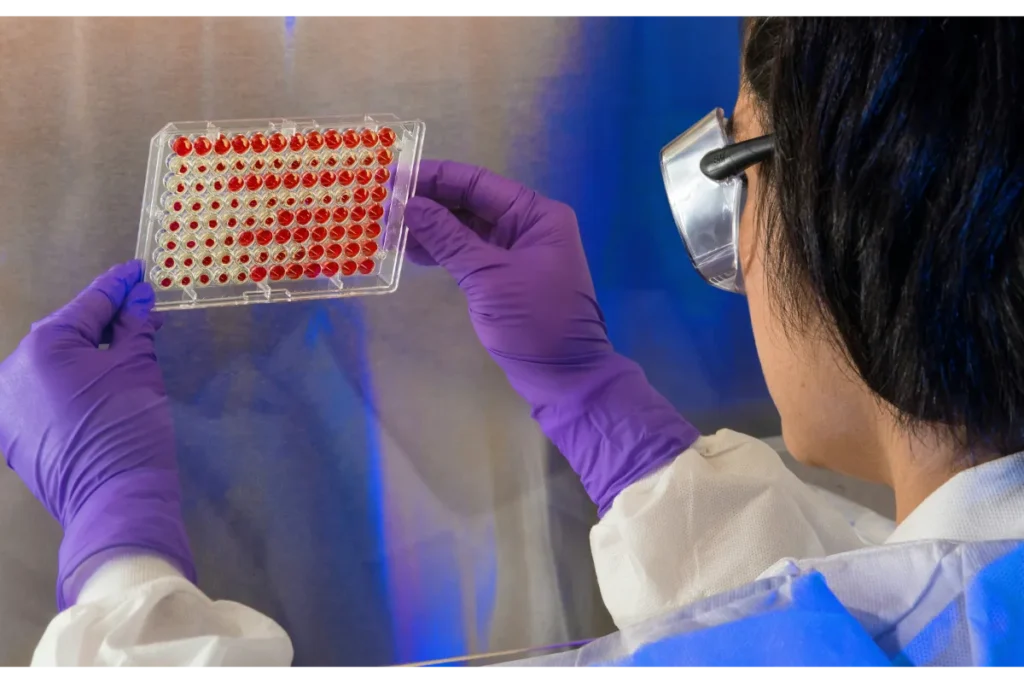
When choosing between new and refurbished laboratory equipment, the most obvious difference is the sticker price. However, for lab directors and procurement managers focused on long-term value or total cost of ownership, the purchase price is only one part of the equation.
Instead of focusing solely on price, the real metric to evaluate is Total Cost of Ownership (TCO)—a broader view that includes not just what you pay up front, but what you’ll spend (and save) over the life of the instrument.
To guide your decision-making, this guide breaks down how refurbished vs. new lab equipment compares in terms of total cost of ownership, and why refurbished systems often deliver strategic advantages far beyond initial savings.
Labs define total cost of ownership as the full lifecycle cost of an asset. For lab instrumentation, it includes:
Nevertheless, many procurement decisions are made based on unit price alone. Moreover, a total cost of ownership-based approach provides a more complete picture—especially when managing constrained capital budgets, uptime goals, or grant-based accountability.
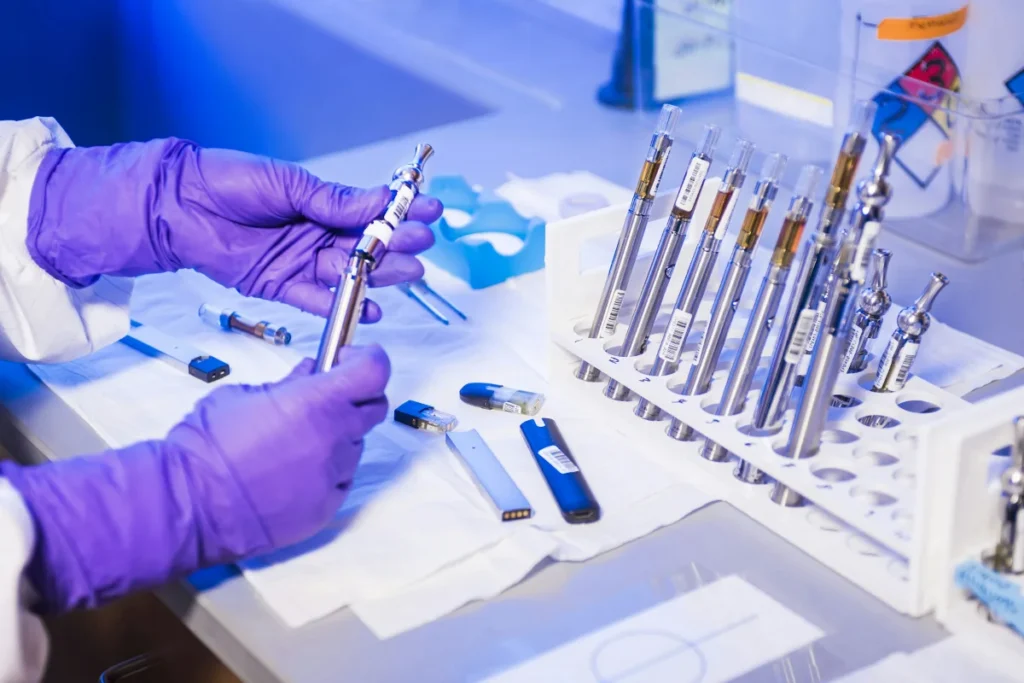
Refurbished laboratory equipment, when sourced from a qualified provider, can deliver savings of 30–60% compared to the original list price for new systems. Specifically, this range depends on several factors, including:
Consider the following example:
As a result, those initial savings can be redirected to hire technical staff, expand testing capacity, or accelerate other R&D priorities.
To illustrate, let’s consider a basic scenario comparing a new vs. refurbished LC/MS/MS system used in a contract testing lab. For illustration only, all costs are estimated and should be verified against current pricing.
| TCO Category | New System | Refurbished System |
| Purchase Price | $250,000 | $110,000 |
| Installation/Training | Included (varies) | Often included or discounted |
| Warranty (1 year) | Included | Included by vendor like Quantum |
| Service (Years 2–5) | $40,000–$60,000 | $40,000–$60,000 |
| Downtime Impact* | Moderate (varies) | Lower if vendor offers rapid support |
| Resale Value (Year 5) | ~$75,000 | ~$55,000 |
| Total Total Cost of Ownership (5 years) | ~$295K–$310K | ~$150K–$170K |
*Downtime costs vary widely depending on use case (e.g., compliance labs vs. R&D). Costs can include lost billable hours, rescheduled testing, or overtime labor.
Still, refurbished systems deliver significantly lower TCO over a 3 to 5 year cycle—even when service and support costs match new systems.
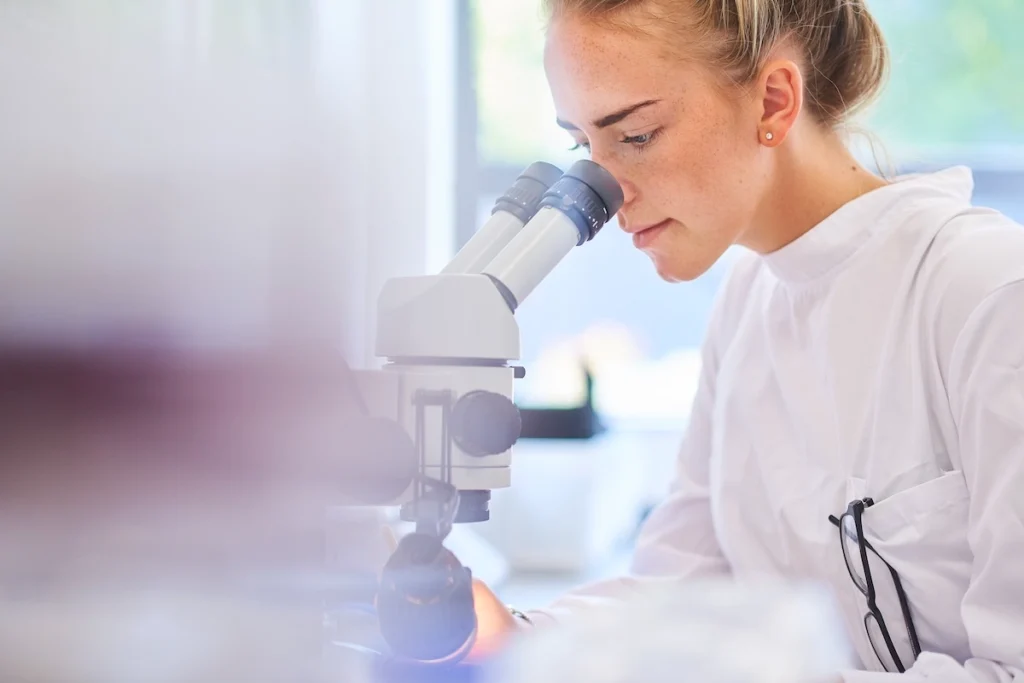
1. Warranty and Service
A common misconception is that refurbished systems don’t come with support. In fact, reputable providers like Quantum Analytics include warranty coverage—typically 6 months—with every system. Moreover, extended service plans are also available, often at lower rates than OEM contracts.
This allows labs to:
2. Maintenance and Calibration
Importantly, qualified vendors deliver refurbished equipment fully tested and calibrated. From there, preventive maintenance intervals (PMI) follow the same schedule as new systems. In addition, when bundled with service contracts, this reduces unplanned downtime and avoids compliance risks.
3. Training and Installation
Some new equipment purchases include in-person training and installation—though this varies by vendor. Meanwhile, refurbished providers may offer:
To ensure a smooth startup, always clarify what’s included when comparing quotes.
Labs often underestimate how much unplanned downtime drives up total cost of ownership. These costs extend beyond repairs and include:
Fortunately, Quantum Analytics mitigates this risk by:
In doing so, Quantum Analytics builds downtime prevention directly into the value proposition.
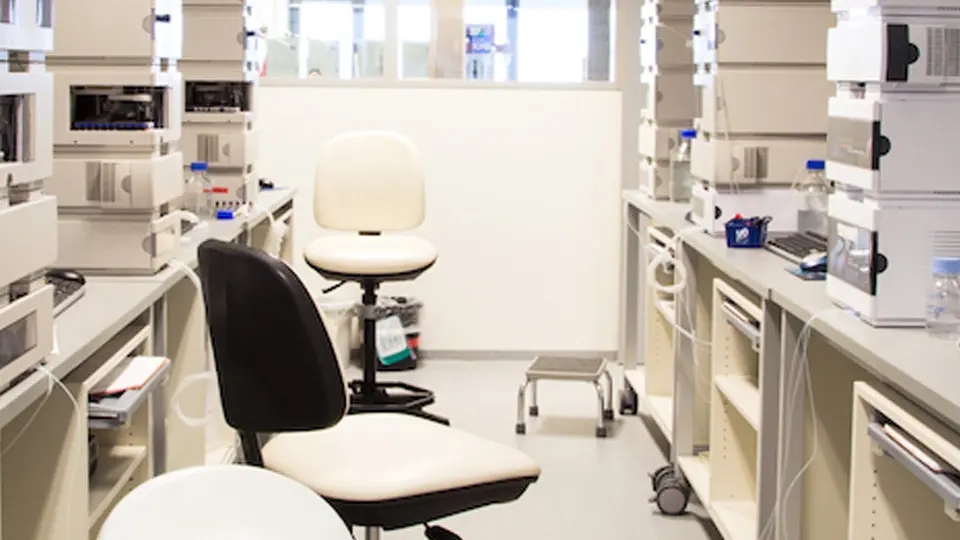
Typically, labs lose value on new instruments as soon as they’re delivered. For accounting purposes, this may work against labs looking to maximize capital efficiency.
By contrast, refurbished instruments:
Therefore, labs focused on agility may benefit from renting or financing refurbished systems over 24 to 36 months, then reassessing rather than committing to 5+ year cycles.
In today’s market, whether your lab is scaling rapidly, reacting to new contracts, or adjusting to a tighter capital environment, refurbished instruments offer more than just cost savings. They support:
Most importantly, they allow lab managers to make strategic decisions, not just financial ones—preserving capital while maintaining performance and compliance.
Ultimately, for scientific labs making capital procurement decisions, the question isn’t “What’s the cheapest option?” It’s “What delivers the best performance for the investment?”
When evaluated through a total cost of ownership lens, refurbished lab equipment often outperforms new systems in value, flexibility, and speed to deployment. Ultimately, refurbished systems reduce capital strain and support uptime and reliability today’s labs require.
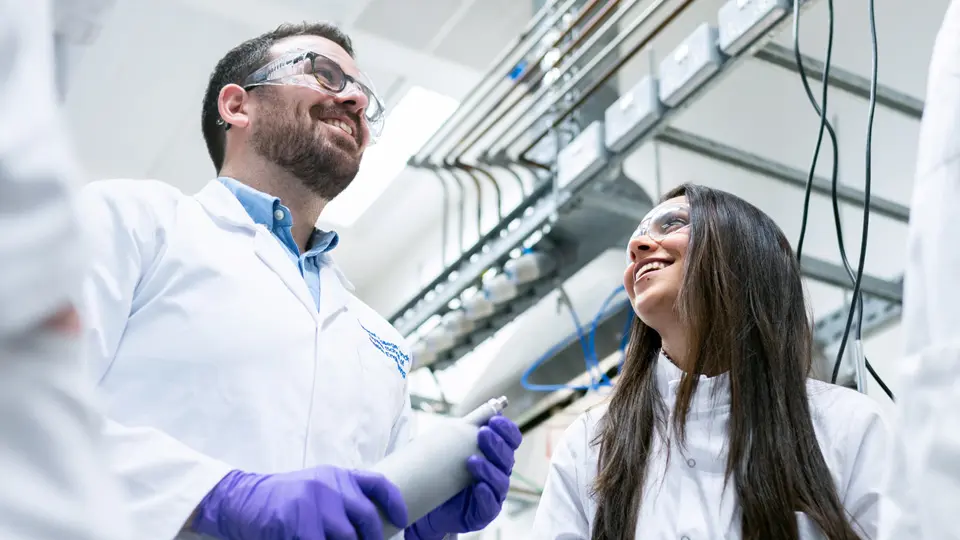
Q: What is total cost of ownership (total cost of ownership) in lab equipment?
A: Total cost of ownership includes purchase price, maintenance, service, downtime, warranty, and resale value. As a result, this provides a full view of the lifecycle cost of scientific instrumentation.
Q: Is refurbished lab equipment more cost-effective than new?
A: Yes. Refurbished systems can reduce upfront costs by 30 to 60% and offer similar performance and warranties. As a result, a significantly lower total cost of ownership can be achieved.
Q: Do refurbished lab systems come with warranty and service?
A: Reputable vendors provide 6 to 12 month warranties and optional service agreements, similar to OEM coverage.
Q: How does downtime affect total cost of ownership in labs?
A: Downtime leads to lost productivity and delays. Therefore, fast-shipping refurbished equipment can reduce these risks, supporting uptime and compliance.
Quantum Analytics offers validated systems for GC/MS, LC/MS/MS, ICP-MS, HPLC, and more – backed by warranty, service, and flexible financing.
To get started, let’s build a procurement plan that aligns with your lab’s goals, timelines, and bottom line.
Complete this form below to sign up and we will reach out to you with instructions
